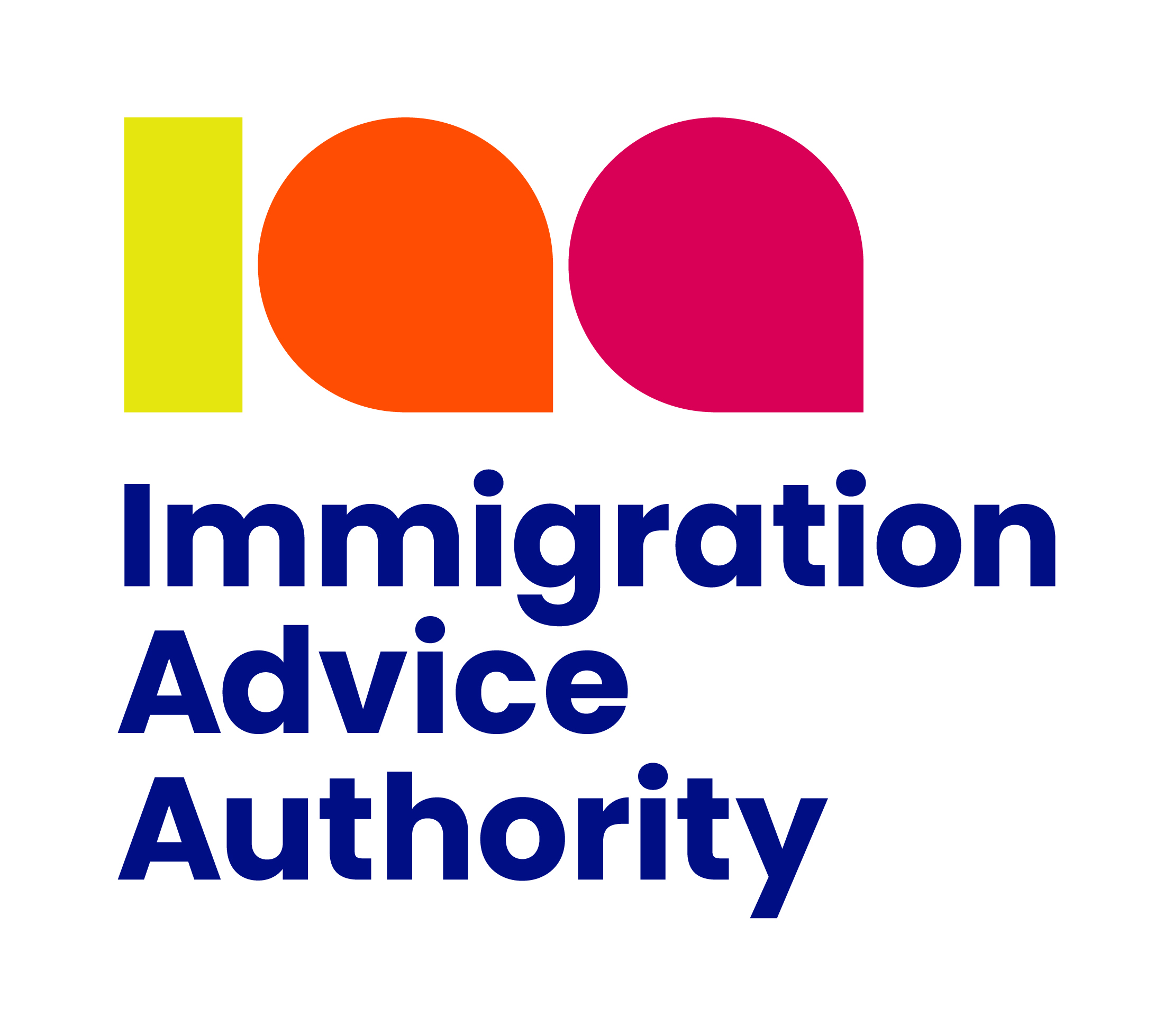
Schengen visa types
Schengen visa types
Planning a trip to Europe? The Schengen visa types decide how long you can stay, where you can go, and what you can do. Whether you're catching a connecting flight, visiting for a short trip, or moving for work or study, there’s a visa for your needs.
Everything you need to know about Schengen visa types
The Schengen visa is a travel document that allows non-EU citizens to enter, travel, and stay within the Schengen Area for a specific period. The type of visa you need depends on the purpose and duration of your stay. There are four main categories of Schengen visas:
Airport Transit Visa (Type A)
Short-Term Schengen Visa (Type C)
Limited Territorial Validity Visa (LTV)
National Long-Stay Visa (Type D)
Find out which Schengen visa you need
In this Schengen visa guide, we will go through each of these types in detail.
Airport Transit Visa (Type A)
Validity: Up to 24 hours.
Restrictions: You cannot leave the international transit zone of the airport.
Who needs it: Passengers with connecting flights who must change planes in a Schengen country.
Who doesn't need it: If you hold a valid Schengen visa, residence permit, or a visa from certain countries like the US, Canada, or the UK, you do not need a transit visa.

The Schengen Airport Transit Visa allows travelers to pass through the international transit area of an airport without actually entering the Schengen Area.
If you have a connecting flight in a Schengen country and need to change planes at a Schengen airport, you may need a Type A visa. However, not all travelers require this visa—some nationalities are exempt from it.
If you need to leave the transit zone (for example, to change airports or stay overnight at a hotel), you must apply for a Type C visa (short-term visa) instead.
Short-Term Schengen Visa (Type C)
Validity: Up to 90 days within a 180-day period.
Restrictions: Cannot stay beyond 90 days or work unless explicitly allowed.
Who needs it: Tourists, business travelers, and visitors from non-Schengen countries without a visa-free agreement.
Who doesn't need it: Citizens of visa-exempt countries like the US, UK, Canada, Australia, and Japan, or those with a Schengen residence permit. However, they need to get their Schengen ETIAS anyway.

This Schengen visa is required if you are visiting the Schengen Area for up to 90 days within a 180-day period. It also applies if you need to leave the transit zone of an airport during a layover or if your journey involves multiple Schengen countries.
If you need to stay longer than 90 days, you must apply for a Type D visa (national visa) instead.
Types of short-stay Schengen visas
Single-Entry Visa
Allows you to enter the Schengen Area once.
If you leave before using all 90 days, you cannot return.
Double-Entry Visa
Allows you to enter twice within the visa’s validity.
After the second exit, the visa expires.
Multiple-Entry Visa
Allows unlimited entries within the visa’s validity.
You must not exceed 90 days within any 180-day period.
Your journey starts today
Limited Territorial Validity Visa (LTV)
Validity: Up to 90 days in a 180-day period.
Restrictions: Travel allowed only in specified Schengen countries.
Who needs it: Travelers with humanitarian, medical, or national interest cases or those with restricted travel documents.
Who doesn't need it: Holders of a Uniform Schengen Visa (Type C) or citizens of visa-exempt countries.

The Limited Territorial Validity Visa (LTV) allows travelers to enter and stay only in specific Schengen countries that are mentioned on their visa.
Unlike a Uniform Schengen Visa, which grants access to all Schengen states, this visa is issued in exceptional cases, such as humanitarian reasons, urgent medical treatment, or special diplomatic considerations.
If you need to travel across multiple Schengen countries, you should apply for a Type C visa instead.
National Long-Stay Visa (Type D)
Validity: More than 90 days, typically up to one year.
Restrictions: Can only study, work, or live in the issuing Schengen country.
Who needs it: Students, workers, family reunification applicants, retirees, investors, and digital nomads.
Who doesn't need it: EU/EEA/Swiss citizens and those with a Schengen residence permit. Some, like US and UK citizens moving to Germany, can apply for a residence permit after arrival.

The National Long-Stay Visa (Type D) allows individuals to live, work, or study in a specific Schengen country for more than 90 days.
This Schengen visa is required for those moving to a Schengen country for employment, education, family reunification, or investment. While it permits short trips within the Schengen Area, the primary purpose must align with the issuing country's visa regulations.
If you plan to stay permanently, you will need to apply for a residence permit after arriving in the Schengen country.
Choosing the right Schengen visa
Visa Type | Purpose | Validity |
Airport Transit Visa (Type A) | Passing through a Schengen airport | 24 hours |
Short-Term Visa (Type C) | Tourism, business, short visits | Up to 90 days in a 180-day period |
Limited Territorial Visa (LTV) | Travel to specific Schengen states | Up to 90 days |
National Visa (Type D) | Studying, working, living in a Schengen country | More than 90 days |
Make sure to check your eligibility, requirements, and validity before applying. Safe travels!
- Posted on: 21.02.2025
- By: Eray Eliacik
- schengen
About the author

Eray Eliacik
Eray is a seasoned writer and passionate traveler who has explored over 20 countries. With firsthand experience navigating visas and international travel, and a proven track record with reputable platforms like Dataconomy and Softonic, Eray now makes it easier for travelers to achieve their travel goals.
Related Articles

Austria visa: Application, appointment & everything you need to know
March 2nd, 2025
The Austria Schengen visa opens the door to stunning sights & culture. Explore now!

Belgium visa application, appointment & everything you need to know
April 12th, 2025
Learn how to apply for a Schengen Belgium visa, including types, requirements, fees, and tips for a smooth application process.

Bulgaria visa application, appointment & everything you need to know
April 17th, 2025
Learn about the Schengen Bulgaria visa, new entry rules, requirements, and tips for travelers planning to visit Europe.


